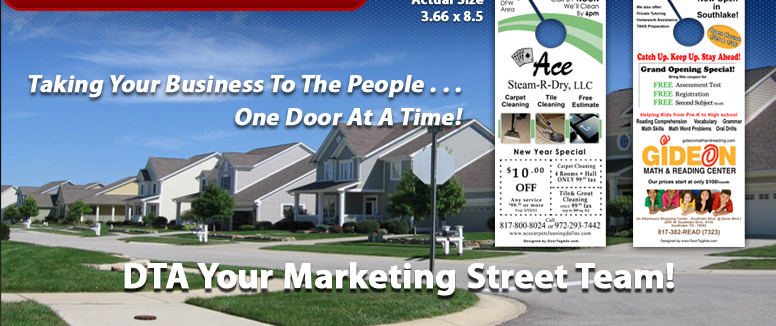NEWS
10 low-cost ways to market your business
 Joanna
L. Krotz writes about small-business marketing and management issues.
She is the co-author of the "Microsoft Small Business Kit" and
runs Muse2Muse Productions, a New York City-based custom publisher.
Joanna
L. Krotz writes about small-business marketing and management issues.
She is the co-author of the "Microsoft Small Business Kit" and
runs Muse2Muse Productions, a New York City-based custom publisher.
By Joanna L. Krotz
Too many small-business owners think marketing is like a trip to the dentist — something you just gotta do every six months or so.
But when marketing is continuous and targeted rather than occasional and shotgun, business gets easier. If prospects have a positive view of your wares and reputation before you call or before they start shopping, you're that much closer to nailing a sale.
The next news flash is that ongoing marketing isn't tied to a price tag. It's defined only by putting the right message in front of the right person at the right time.
Here are 10 ideas for doing that — on the cheap.
1. Take steps to make customers feel special. Customers respond to being recognized, especially in these rush-rush, get-the-lowest-price times. "Even with a Web-based business, good customer service is possible," says Denise McMillan, co-owner of Plush Creations (www.plushcreations.com), an online retailer of handcrafted travel bags. McMillan encloses a small, rose-scented sachet in every jewelry and lingerie bag she sells and also sends a handwritten thank-you note. "The sachet and note cost pennies but add something special to the purchase," she says.
2. Create business cards that prospects keep. Most business cards are tossed within hours of a meeting. Instead of having your card tossed, create one that recipients actually will use — say, a good-looking notepad with your contact info and tagline on every page. "The business card notepad is referred to almost daily, kept for 30 days or so and carries a high remembrance factor," says Elliott Black, a Northbrook, Ill., marketing consultant who specializes in small businesses.
3. Stop servicing break-even customers. If this idea makes you gasp, think harder. You're falling for the fallacy of increasing sales instead of boosting profits. If you stop marketing to unprofitable customers, you have more time and resources for customers who actually grow your business. "More than likely, 20% of your customer base is contributing 150% to 200% of total annualized profit (TAP); 70% is breaking even; and 10% is costing you 50% to 100% of TAP," says Atlanta marketing consultant Michael King. Take a detailed look at your customer profitability data and then direct premium services and marketing to customers who count. (Microsoft Outlook 2010 with Business Contact Manager can help you analyze customer histories.)
4. Develop an
electronic mailing list and send old-fashioned letters.
Most businesses have harnessed the power of e-newsletters — and
you definitely should be sending out one, too. It's very cost-effective.
But exactly because e-mail marketing is now nearly ubiquitous, you can
quickly stand out by occasionally sending personal, surface mail letters
to customers and prospects. Just make sure the letter delivers something
customers want to read, whether an analysis of recent events in your field,
premium offers or a sweetener personalized for the recipient (a discount
on his next purchase of whatever he last purchased, for instance). "This
mailing has to have value to those that read it, so it reflects the value
of what you offer," says Leslie Ungar, an executive coach in Akron,
Ohio. "Remember, the best way to sell is to tell."The process
is simplified by creating a letter template and envelope or customer label
mailing list in Microsoft Office Word in Office 2010, which you can print
out. The mailing list is easily created in Excel and then imported into
Word.
Read the complete article at
Microsoft
Business for Small and Midsize Companies
EXCLUSIVE DOORHANGER
COLOR PRINT AND DISTRIBUTION
EXCLUSIVE DOORHANGER
GRAYSCALE PRINT AND DISTRIBUTION
PRE-PRINT DISTRIBUTION SERVICE
LIST OF DEALS
REFER A BUSINESS ASSOCIATE
We are spreading the power of advertising.
Refer a business associate and they use our services for the first time, you get an extra 250 Full Color Door Hangers added to your next order.

